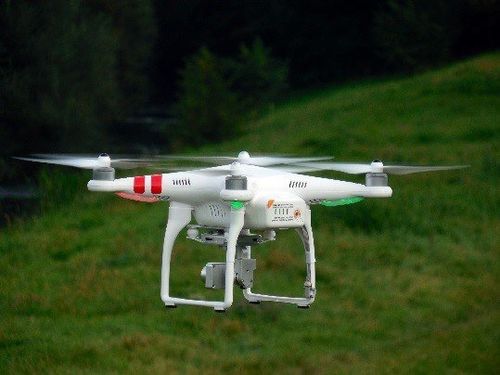A new era has begun. The Federal Aviation Administration (“FAA”) announced the implementation of the first operational rules for routine non-hobbyist use of small unmanned aircraft systems (“UAS” or “drones”) on August 29, 2016.
A small drone is any unmanned aerial vehicle that weighs less than fifty-five (55) pounds. Here is a summary of some of the salient rules:
To fly a drone commercially, the pilot either must hold a remote pilot certificate with a small UAS rating or be under the direct supervision of a person who does hold a remote pilot certificate. To qualify for a remote pilot certificate a person must demonstrate aeronautical knowledge by passing an initial aeronautical knowledge test. Moreover, a person operating a small UAS must be vetted by the Transportation Security Administration and be at least 16 years old.
While flying a drone, the operator must keep the drone within visual line of sight—meaning that the operator must be able to see the drone with the naked eye. Additionally, there must be a minimum weather visibility of three (3) miles from an operator’s control station. A drone may only be flown during daylight or during civil twilight hours if the drone has anti-collision lights. During operation, a drone cannot exceed 100 mph or exceed a maximum altitude of 400 feet above ground level. If an operator has plans to use a commercial drone which would violate FAA rules the operator can apply for a waiver. The FAA rules include an option to apply for a certificate of waiver, which, if granted, allows a small UAS to deviate from certain operating rules if the FAA finds that the proposed operation can be performed safely.
While the new rules are exciting, delivering packages by drone may be limited for a period of time. The new rules allow drones to carry external loads; however, the object being carried must be securely attached and cannot adversely affect the flight characteristics or controllability of the aircraft. Additionally, the payload/cargo and the drone must have a combined weight of no more than 55 pounds, the flight has to occur wholly within the boundaries of a single state and the drone has to remain within the visual line of sight of the operator. Therefore, long-distance travel for delivery may be thwarted by these rules.
“People are captivated by the limitless possibilities unmanned aircraft offer, and they are already creating business opportunities in this exciting new field,” said US Transportation Secretary Anthony Foxx. “These new rules are our latest step toward transforming aviation and society with this technology in very profound ways.”
Indeed, a new era has begun in the marketplace and at Hage & Hage. We stand ready to advise clients on UAS opportunities.







